
Framing 'Shirkers' as a first person documentary
Shirkers (2018) is a documentary about the mysterious personal experience of Sandi Tan, the filmmaker herself. Documentaries often communicate reality to viewers with a collage of substantial materials and purposeful visual techniques. How audiences construct meaning through non-fictional and fictional signals in a documentary is intricate and multi-dimensional, especially when the truth is subjectively presented by the filmmaker.
In the case of Shirkers, how viewers perceive the reality of Sandi’s narration is intriguing and will be discussed. By defining Shirkers (2018) as a first-person documentary, this paper adopts a three-level cognitive frame to investigate how textual, contextual, and real-world referential signals are framed in audiences' perception of the truth of Shirkers.
Shirkers (2018) : A Stolen Fiction Given an Afterlife
Shirkers (2018) is a documentary by Sandi Tan, a Singaporean director, writer, and film critic. The documentary tells a mysterious story of a stolen fiction, Shirkers (1992), which haunted Sandi for over 20 years. Shirkers (1992) was a fictional movie produced by Sandi and her friends in 1990s's Singapore. It should have been a pioneer in Singaporean film history. But inexplicably, Shirkers (1992) vanished after it was filmed -- it was "kidnapped" by George Cardona, who was Sandi's teacher and her "best friend". He stole the reels of Shirkers (1992) and kept them hostage for almost 20 years.
After George died in 2007, his widow found the hidden reels and sent them back to Sandi. However, all the sound tracks had disappeared -- Shirkers the fiction came back as a silent film. Facing this traumatic memory, Sandi decided to unveil the secret of George Cardona, and give an afterlife to Shirkers (1992) which her documentary is named after. In 2015, she started interviewing people who were involved in the production of Shirkers (1992) and who were related to George. In 2018, Shirkers (2018) premiered at the Sundance Film Festival, and Sandi Tan was awarded the Directing Prize for her remarkable work.
Through Shirkers (2018), audiences travel with Sandi between America and Singapore from the 2010s to 1990s. Segments of Shirkers (1992) are restored with new sound tracks, and are woven into Sandi's documentary, like a dissonant ghost humming with a nostalgic lament, from a different time and space.
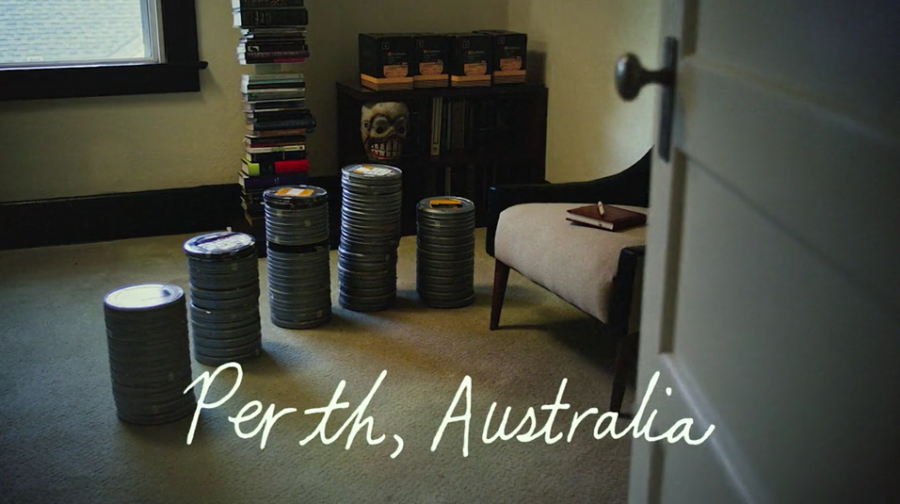
figure 1. Cans of film reels were hidden by George in different places
Audiences are exposed to the cultural environment of Singapore in late 20th century, through slices of Sandi's life and segments of Shirkers (1992).
Initially, Sandi Tan didn't want to appear in Shirkers (2018). But she was encouraged by her friend Enat Sidi (an editor on The Wolfpack and the forthcoming XY Chelsea) who made her realise she "had to" (Han, 2018). In an interview, Sandi Tan said, "She (Enat Sidi) came to my house and saw my archives -- my letters, my VHS tapes, and old issues of the zine 'Exploding Cat' (a Singapore-based underground magazine created by Sandi Tan and her friends in 1990s), and she looked at me like, ‘Sandi, this movie is about YOU’" (Han, 2018).
This interview reveals the autobiographic nature of Shirkers (2018): it is not just about the lost film; it is actually a story of her own life. Nonetheless, Shirkers (2018) goes beyond a personal story -- letters, VHS tapes, and old issues of underground magazines reflect historical and cultural experiences over 25 years in Singapore. As such, audiences are exposed to the cultural environment of Singapore in late 20th century, through slices of Sandi's life and segments of Shirkers (1992). In other words, Shirkers (2018) could be seen as a bridge carrying audiences to 1990s' Singapore, which is mediated through Sandi's own story.
With such diverse materials in her narration, how audiences perceive and comprehend Sandi's documentary becomes crucial. In line with the definition of first-person documentary (Lebow, 2012), this paper adopts a first-person documentary frame (Ros et al, 2018), probing into the textual, contextual, and real-world referential signals of Shirkers (2018). As such, the interplay between the actual and the fictional in Sandi's documentary is deconstructed and interpreted, and thus the perception of viewers is contextualized and constructed.
Defining Shirkers: A First-Person Documentary
According to Renov, moving-image autobiography is characterised by its representation of subjectivity and its first-person reimaging (Poletti,2012). Building on Renov's theory, Lebow proposed a definition of first-person film as (1) not only about "me" the filmmaker, but often about someone close to the filmmakers; (2) not only about a person, but very often about a real situation or event; and (3) speaking from the "articulated point of view of the filmmakers who acknowledge her/his subjective position" (Lebow, 2012, p.1). By highlighting the filmmaker's subjectivity, Lebow's definition implicates a "temporary empathic 'merging' of the perspectives of viewer and filmmaker" in first-person documentary (Ros et al, 2018, p. 228).
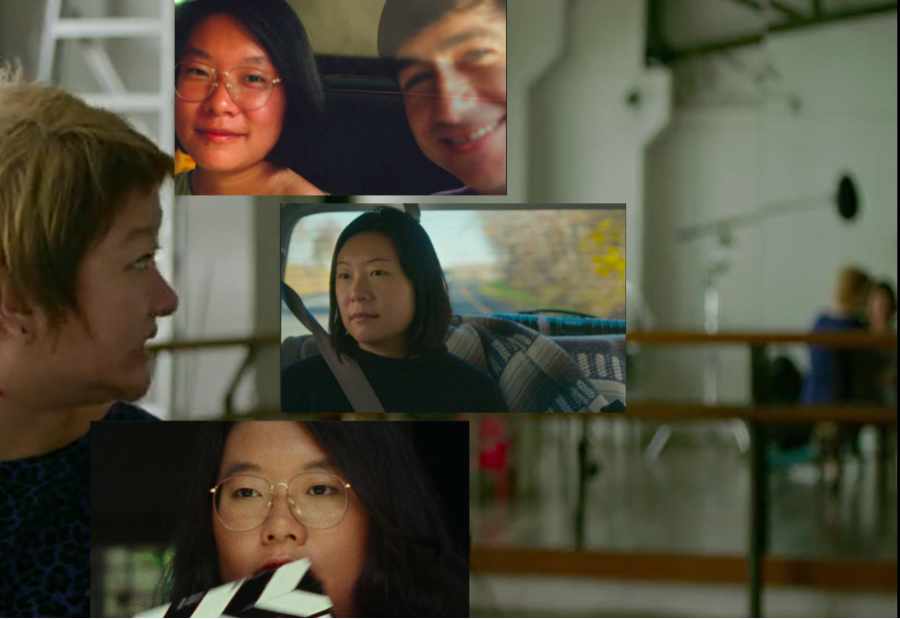
figure 2. Sandi presents herself as the narrater, the filmmaker, a character, and a fictional figure
In line with Lebow's definition, Shirkers (2018) can be regarded as a first-personal documentary: (1) it is not only about the reality of the filmmaker, Sandi Tan, but also about the secrets of her "vanished" teacher George Cardona; (2) it is not just about the life of people who are involved, but also zooms in on the mystery of the missing film in 1990s' Singapore; (3) it mainly narrates from the perspective of Sandi herself and presents an acknowledgement of her subjectivity through voiceover and self-representation. To specify in what way audiences can perceive Sandi's story, and how their perspectives are "merged" with filmmaker's, the cognitive frame of Shirkers (2018) will be discussed in the following section.
Framing Shirkers: Deconstruction, Contextualization, and Interpretation
As for probing into audiences' perception, the cognitive frame of first-person documentary can be applied to this study. This approach enables researchers to investigate the reception of a documentary, analysing viewers' perceptions based on their living experience (Ros et al, 2018). Based on the first-person documentary frame, three dimensions are highlighted: (1) on textual level, forms and content are cues to subjectivity and personal perspectives; (2) on contextual level, reviews on films and the occasions of premieres showcase a combined indication to non-fictionality and the subjective nature of an artistic work; (3) on the real-world referential level, a correspondence between audiences' knowledge and the reality presented in films empowers a sense of factual realism (ibid.). Based on the three dimensions of the first-person documentary frame, how Shirkers (2018) is framed in audiences' perception is interpreted.
Textual Level: Interplay Between the Actual and the Fictional
Nichols states that the performative mode underlines “the complexity of our knowledge of the world by emphasizing its subjective and affective dimensions” through “the free combination of the actual and the imagined” (Nichols, 2010, p. 202). The textual signals in Sandi's documentary are a juxtaposition of actual materials and personal perspectives. Specifically, Sandi's voiceover, and the selected segments of her performance from Shirkers (1992), indicate the subjectivity and performativity in the documentary; while the documented materials provide truthfulness and trustworthiness to Sandi's narration.
The collage of materials presented in the Shirkers (2018) -- letters, family photos, VHS tapes, audio recordings, archival newspapers, old magazines -- provides evidence of the truthfulness of Sandi's story and builds audiences' trust. Sandi retraces where Shirkers (1992) was shot, and montages of archives, grainy photos, recordings, and tapes of auditions are presented. Through these materials, audiences' feeling of reality burgeons and is reinforced.
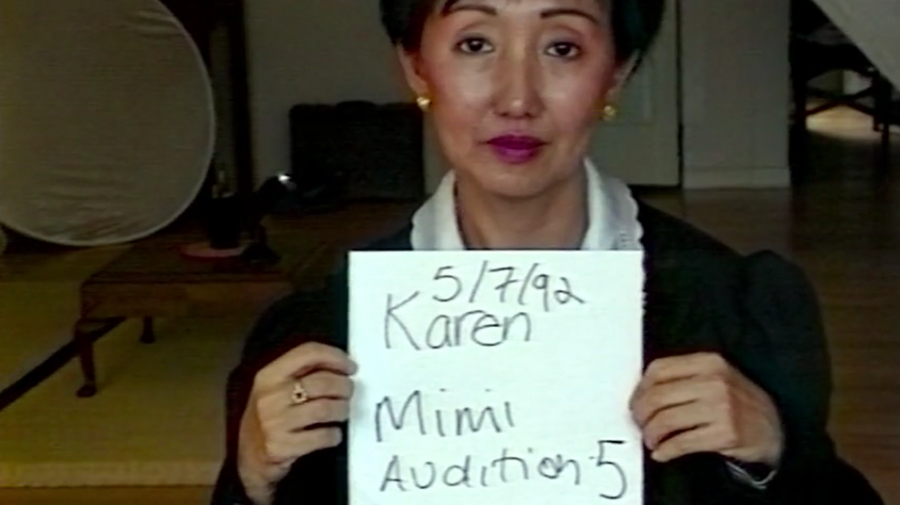
figure 3. Audition for Shirkers in 1992
However, the authenticity of the materials is seemingly beside the point. As Sandi allusively reflects in her narration, "Whether his stories were actually true seemed beside the point. I love his storytelling and how his stories made time and place and truth absolutely porous." In the documentary Shirkers, performative moments -- especially Sandi's voiceover and segments of the fictional Shirkers (1992) -- are purposefully structured in her narrative. They are not only confirm its autobiographic features, but more evidently, they convey Sandi's own response to other’s perspectives, and thus navigate the audience's perception of her experience and feelings.
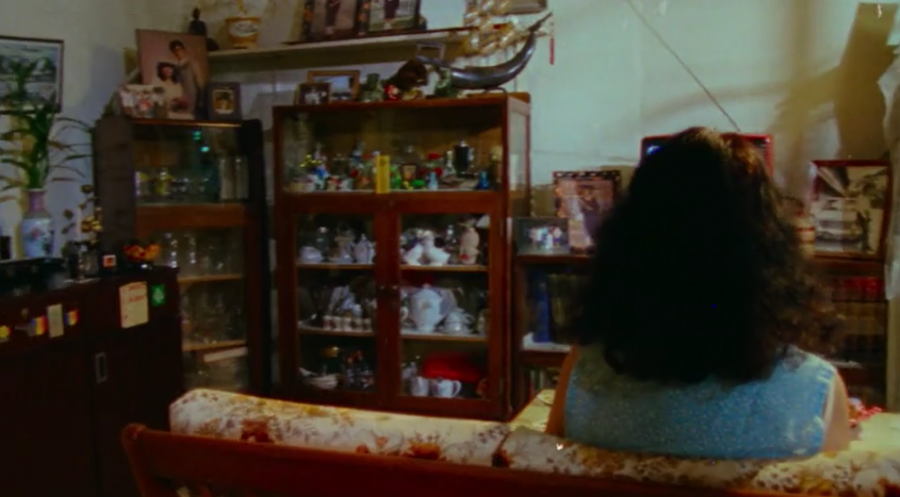
figure 4. Beginning of fiction Shirkers (1992)
In the beginning of Shirkers (2018), Sandi's monologue-like voiceover is heard over segments from Shirkers (1992). From her omniscient perspective Sandi says, "You have to go backward, in order to go forward...That little kid had the answers to everything...", while a montage of selected segments from Shirkers (1992) flashes across the screen. This montage could function as a subjective cue to audiences: personal memory, nostalgic colours and absurd images compel viewers to make meaning of Sandi's message.
This montage is also an indication of Sandi's own memory when she further says, "When I was eighteen...I was the writer of 'Shirkers' (1992) and I played the heroine, S the killer..." In this prelude, the autobiographic compact is constructed. This documentary is about Sandi's past life experience, as narrated by herself. Therefore, by interlacing fragments of the fictional Shirkers (1992) with Sandi's voiceover, audiences perceive Sandi as a subjectivity, and build their trust in Sandi's autobiographic narration.
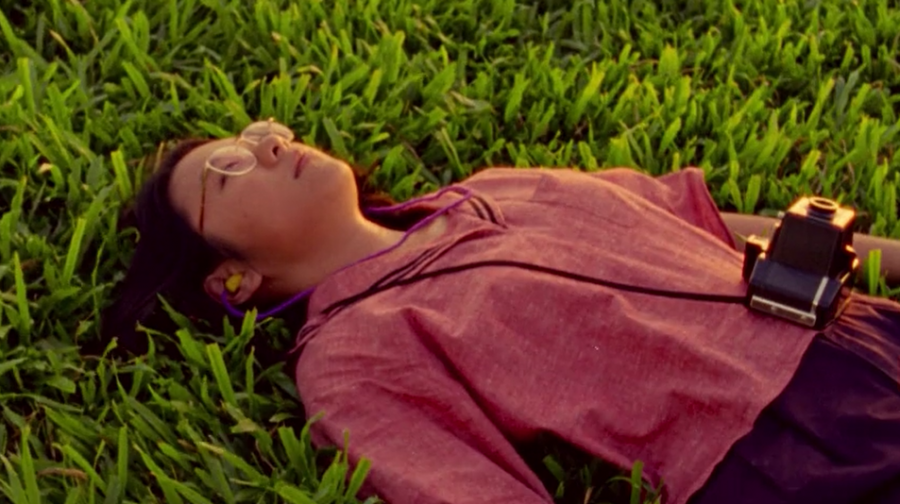
figure 5. Beginning of fiction Shirkers (1992)--S the Killer
In the interaction between interview and fiction, the complexity of reality is reinforced through the tension between the interviewee’s emotional accusations and thefilmmaker’s dramatic response.
Segments of Shirkers (1992) are frequently presented in the documentary, specifically as Sandi's personal response to her friend Jasmine. In interviews with Jasmine, she bluntly shows her anger toward Sandi, saying, "You were obviously being an asshole...Just as much as you have the capacity to be really wonderful, you have as much a capacity of being an asshole". Sandi doesn't respond immediately to Jasmine's acccusations. Instead, she selects a scene from Shirkers (1992) as a response: S the Killer, played by 19-year-old Sandi, sits on a bus, looking right into the camera, frowning with resentment, and then looks away.
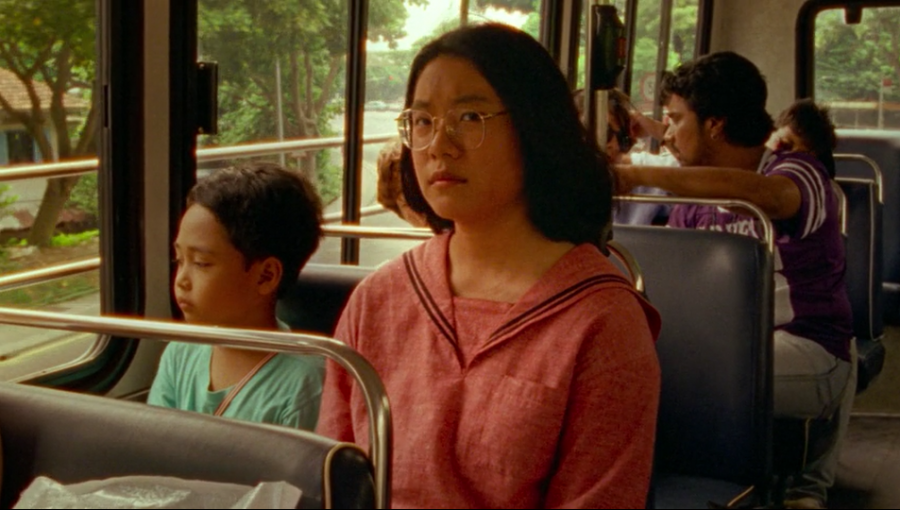
figure 6. S the Killer, played by 19-year-old Sandi, looking into camera
In this interaction between interview and fictional segment, the complexity of reality is reinforced through the tension between the interviewee’s emotional accusations and the filmmaker’s dramatic response. Relating to Bruzzi's remark -- "the film itself is necessarily performative because it is given meaning by the interaction between performance and reality" (Bruzzi, 2006, p.186) --viewers might not necessarily believe in Jasmine or Sandi, however, the pattern of combining reality and performance is navigating viewer's perception to Sandi's story, and thus affecting their meaning-making of Sandi's narration.
As the aforementioned, subjective and affective dimensions of performative mode are emphasized through the combination of the actual and the imaged, which are interacted with each other in the film and thus provide meaning to audiences (Bruzzi, 2006; Nichols, 2010). Hence, regarding the textual signals of Shirkers (2018), the juxtaposition of documented materials and fictional segments indicates the autobiographic features of the documentary; at the same time, it constructs a pattern of combining the actual and the performed through which audiences are navigated to experience the story from Sandi's subjective perspective.
Contextualization: Awareness and Expectation of Audiences
The contextual framing cues of Shirkers (2018) are provided by its premiere at the Sundance Film Festival and film reviews. These cues contextualize the perception of viewers to Shirkers (2018), as an artistic work, a truth telling, and a personal journey.
The Sundance Film Festival is regarded as a platform seeking for original storytellers with new voices and fresh perspectives. Sandi Tan was awarded a "Directing Award" in the World Cinema Documentary Competition of the Sundance Film Festival, for her Shirkers (2018), described as:
"Sandi embarks on a personal, singular journey into her creative life, unpacks the urban legend of Shirkers (1992), and connects the clues embedded in the film to unravel the mystery of who her friend Georges Cardona really was...A retro-inspired, ardently analogue experiment in self-discovery and filmmaking, Shirkers becomes a portrait of what it means to be independent, defy patriarchy, and find your tribe..."
By seeing it as "a personal journey into her creative life" and "a retro-inspired, ardently analogue experiment in filmmaking", the lines above highlight the subjectivity and artistic perspective of Shirkers (2018).
It is noticeable that, some reviews on Shirkers (2018) pointed out the retrospection to 1990s' Singaporean society in Sandi's documentary. As Charlie Phillips remarked in his review (Philips, 2018), "Shirkers (2018) is also an elegy for a lost Singapore...There’s surprising poignancy in the overlaying of contemporary over-developed urban scenes on top of the old shops and green landscapes where Tan and her fellow actors had their japes." In his remark, "an elegy for a lost Singapore" indicated the nostalgia of Shirkers (2018). In this case, the reviews could evoke an expectation among audiences, inviting them to see 1990's Singapore in Sandi's story.

figure 7. Segments from Shirkers (1992)
Further, some reviews also stressed the artistic value and emotional power of Shirkers (2018). Richard Brody remarks in his review that "It is an exemplary work of counter-lives and alternative histories, intimate self-portraiture and cultural reconstruction, hard-won empathy and painful reconciliation" (Brody 2018). As such, framing cues on a contextual level provide viewers with an awareness of the filmmaker's subjectivity, an identification of its artistic feature, and an expectation to be bridged to Singaporean culture from Sandi's perspective.
The Real-World Reference: Archives, Cinematic Realism, and Authoritative Voice
The real-world referential cues are observed in Shirkers (2018) as (1) presenting archival documents that indicate social reality, (2) retrospecting to 1990s's Singapore through the cinematic realism of Shirkers (1992), and (3) interviewing with film critics who are familiar with Singaporean cultural history.
When Sandi retraces 1990s' Singapore, where she and her friends planned to make movie, a series of historical moments and icons of underground culture is collaged into her narrative: policy articles on old newspaper, propaganda paintings for 1989's Courtesy Campaign, the government's policy banning gum, issues of "Exploding Cat", and film magazines of 1990s. The collage of historical materials provides the cultural background for producing Shirkers (1992), and thus provides a real-world knowledge to audiences, bringing viewers closer to 1990s Singaporean society.
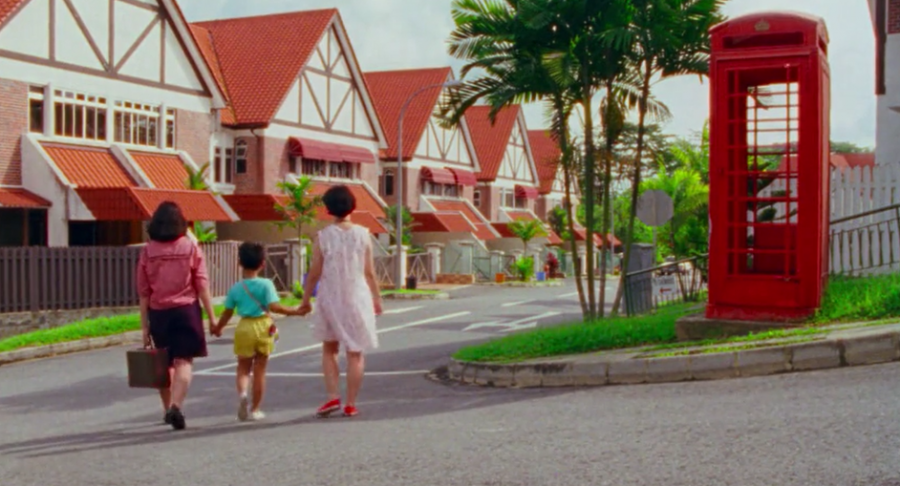
figure 8. A time capsule of 1990s Singapore
Besides the archival documents, the segments of Shirkers (1992) presented in the documentary allusively reveal the reality of 1990s' Singaporean society. According to Lukacs' reality totality and Bazin's cinematic realism (Wilson, 2014), segments of Shirkers (1992) showcase the social reality in two ways: filming on real locations in 1990s' Singapore, such as local markets, neighbourhoods, and natural landscapes; and using native, amateur actors. Although Shirkers (1992) is not available to audiences as a complete movie, those aspects are purposefully selected and woven into Sandi's voiceover. When Sandi presents the grainy segments of Shirkers (1992) at the end of her story, she says, "There were so many surprises in this time capsule. The fashion choices of the era...And then, there was the landscape of a Singapore I had let myself forget."
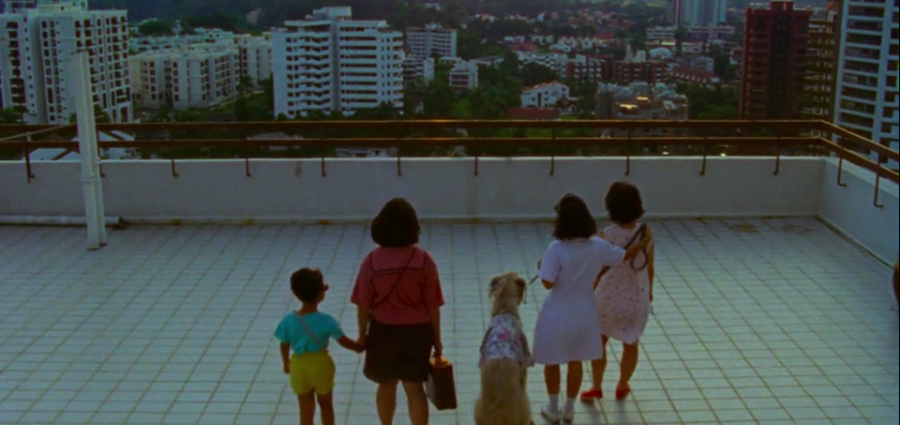
figure 9. Urban landscape of 1990s' Singapore
Furthermore, the interviews with contemporary cultural critics in Shirkers (2018) give an authoritative insight into the documentary. Specifically, the interviews with Tay Yek Keak, the Singaporean film critic, and Philip Cheah, editor of the BigO Magazine, explicitly present the cultural environment of Singapore in 1990s.
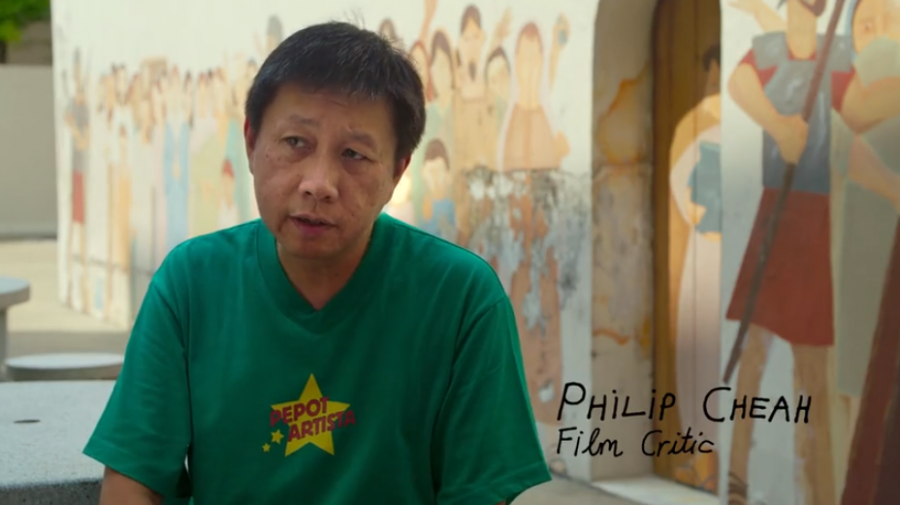
figure 10. The interview with Philip Cheah, the editor of BigO Magazine
Regarding the loss of Shirkers (1992), Tay Yek Keak remarked that, "I thought that Shirkers was incredible, it was way ahead of its time. This was a period when America was making movies like Heathers (1988)...and I think that to have a Singapore side of things, especially fronted by Sandi." In his short comment, intertextuality to 1990s films is provided. Audiences can recognize the film Heathers (1988) in his remark and thus identify the value of Shirkers (1992).
This identification can also encourage audiences’ empathy with Sandi's frustration when the film is stolen. In the interview with Philip Cheah, he describes the cultural environment at the time: "In Singapore, you had very strict censorship across music and film. A lot of great classic albums were still banned. We saw the revolution that took place in the UK and in the US, and we wondered whether that could actually happen here." As such, non-fiction knowledge of the cultural environment in Singapore is presented by authoritative characters as real-world referential cues for audiences.

figure 11. American film Heathers (1988) mentioned by Tay Yek Keak
We go backward, in order to go forward.
In conclusion, viewers' perception of Shirkers (2018) is navigated through cognitive signals of three aspects. By categorizing Shirkers (2018) as a first-person documentary, its cognitive frame is deconstructed and analysed from textual, contextual, and real-world referential perspectives. On a textual level, the trust between audiences and Sandi is built through historic materials and Sandi's autobiographic perspective, while her subjectivity is perceived and reinforced through the combination of fiction and reality in her narrative pattern, especially in her use of the fictional Shirkers (1992).
The contextualization of the documentary not only raises viewers' awareness of the artistic features and subjective truth of Shirkers (2018), but further, an expectation of experiencing Singaporean culture through Sandi's story is created among its reviews readers. As a response to audiences' expectation and awareness, the real-world referential cues are constructed to indicate the cultural environment in 1990s Singapore from both the perspective of Sandi's own experience and Singaporean cultural critics. Hence, Shirkers (2018) moves beyond a personal story: the interplay between reality and fiction highlights its complexity of truth.
In Waites' analysis of Stories We Tell, Joan Didion's saying is quoted in the end of the article -- "We tell ourselves stories in order to live" (2015, p. 554). Resonating with Didion, the opening lines of Sandi's story might give us a time-space interpretation -- "We go backward, in order to go forward."
References
Brody, R. (2018). Three Inspired Movies from the 2018 Sundance Film Festival. The New Yorker
Bruzzi, S. (2006). New Documentary (2nd ed.). London; New York: Routledge. pp. 185-206
Han, S. (2018). Shirkers: a movie mystery 25 years in the making. The Guardian
Lebow, A. (2012). The Cinema of Me. London; New York: Wallflower Press.
Nichols, B. (2010). How can we describe the observational, Participatory, Reflexive, and Performative modes of documentary Film? Introduction to Documentary. Bloomington: Indiana University Press. pp. 172-211
Phillips, C. (2018). Shirkers review - paean to never-finished film is love letter to Singapore. The Guardian
Poletti, A. (2012). Reading for Excess: Relational Autobiography, Affect and Popular Culture in Tarnation. Life Writing, 9 (2). pp. 157-72
Ros, V., O’Connell, J. M., Kiss, M., & van Noortwijk, A. (2018). Toward a Cognitive Definition of First-Person Documentary. In Cognitive Theory and Documentary Film. Palgrave Macmillan, Cham. pp. 223-242
Waites, K. J. (2015). Sarah Polley’s Documemoir Stories We Tell: The Refracted Subject. Biography, 38 (4). PP. 543-55
Wilson, G. (2014). The Bigger the Lie, the More They Believe: Cinematic Realism and the Anxiety of Representation in David Simon’s The Wire. South Central Review, 31 (2). PP. 59-79